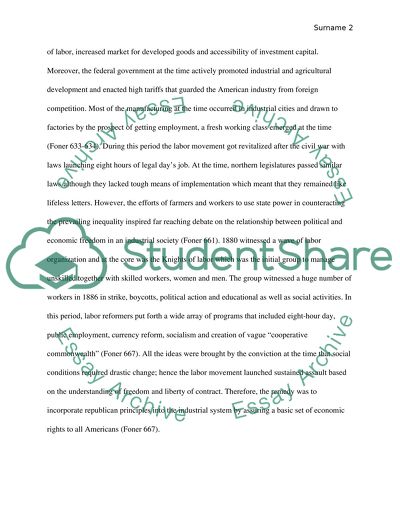Cite this document
(“American involvement in World War I Essay Example | Topics and Well Written Essays - 1750 words”, n.d.)
Retrieved from https://studentshare.org/history/1490641-american-involvement-in-world-war-i
Retrieved from https://studentshare.org/history/1490641-american-involvement-in-world-war-i
(American Involvement in World War I Essay Example | Topics and Well Written Essays - 1750 Words)
https://studentshare.org/history/1490641-american-involvement-in-world-war-i.
https://studentshare.org/history/1490641-american-involvement-in-world-war-i.
“American Involvement in World War I Essay Example | Topics and Well Written Essays - 1750 Words”, n.d. https://studentshare.org/history/1490641-american-involvement-in-world-war-i.


